Early Life and Education
Abu Hamid Ibn Muhammad al-Tusi al-Shafi al-Ghazali, honored as “Hujjatul Islam” or “Proof of Islam,” was born in 1058 CE (450 AH) in the town of Tabran, Tous, in the Khurasan province (modern-day Iran). His father, a cotton merchant, influenced the title “Ghazali.” He began his early education with local teachers in his hometown before traveling to Jurjan (near the Caspian Sea) to study under Imam Abu Nasr Ismaeli.
Ghazali’s intellectual brilliance was evident from a young age, and he excelled in the didactic teaching methods of his era. After mastering foundational knowledge, he moved to Nishapur, a renowned center for Islamic learning, where he studied under the eminent Imam Al-Haramain.
Rise to Prominence in Nishapur
Nishapur housed one of the first Islamic colleges, Bahiqiyya, and was a hub for scholarly activity. Imam Al-Haramain, a scholar with significant influence over the government and public, recognized Ghazali’s potential. Ghazali quickly rose to prominence, becoming a distinguished student and eventually serving as a “Mueed” (assistant teacher). Encouraged by his teacher, he began writing extensively, gaining fame for his intellectual contributions. Around this time, he was initiated into the spiritual order of Shaykh Farmadi.
When Imam Al-Haramain passed away in 1086 CE (475 AH), Ghazali left Nishapur for Baghdad, seeking new opportunities at another great center of learning.
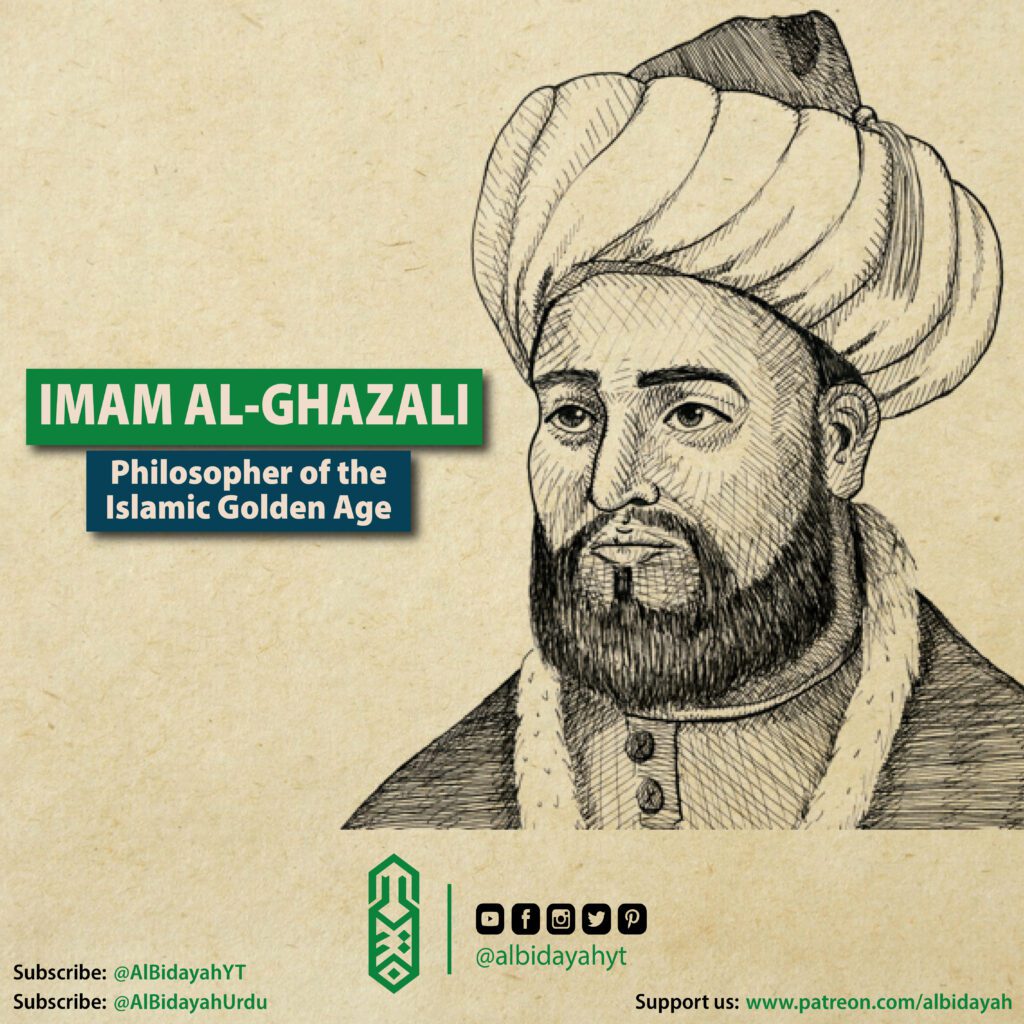
Life in Baghdad and Scholarly Success
In Baghdad, Ghazali joined the prestigious Nizamiyya University under the patronage of Nizamul Mulk. Known for his love of scholarship, Nizamul Mulk fostered intellectual debates and discussions, providing Ghazali with a platform to showcase his brilliance. Ghazali’s debates, lectures, and writings impressed scholars and nobles alike.
At the age of 34, Ghazali was appointed head of Nizamiyya University, the most esteemed academic position in the Muslim world. His influence extended to the royal court, where his advice was highly valued. Despite his success, wealth, and influence, Ghazali developed a growing interest in spirituality, which eventually led to an internal conflict.
Spiritual Crisis and Transformation
Ghazali’s success and attachment to worldly pursuits began to clash with his deepening spiritual inclinations. In his autobiography, Al-Munqiz min Ad-Dalal (The Saviour from Deviation), he describes his inner turmoil:
“I came to the conclusion that the blessings of the hereafter cannot be attained without Taqwa and giving up carnal desires. When I examined myself, I found myself deeply attached to the world. My works were merely for grandeur and status. I stood on the brink of disaster.”
This internal struggle culminated in Ghazali’s decision to leave Baghdad in pursuit of spiritual clarity. Despite protests from scholars and officials, he departed for Syria, marking the beginning of an epic journey of self-discovery.
See Also: Imam al-Tirmidhi: Biography
Years of Solitude and Self-Purification
Ghazali spent two years in Damascus, where he lived in solitude, devoting himself to worship and meditation. He often climbed the western minaret of the Grand Umayyad Mosque to engage in divine remembrance. From Damascus, he moved to Jerusalem, spending time in the Dome of the Rock and later traveling to Hebron to the tomb of Prophet Ibrahim.
Here, he made three pledges:
- Never to visit a royal court.
- Never to accept royal gifts.
- Never to engage in debates.
Following this, he performed Hajj and spent nearly ten years wandering deserts, jungles, cities, and mountains, seeking deeper spiritual truths. During this time, he wrote extensively, taught students, and immersed himself in Islamic spirituality.
Final Years and Passing
On 14th Jamadi-al-Thani 505 AH (1111 AD/CE), at the age of 53, Ghazali passed away peacefully in Tabran. According to his younger brother Ahmad Ghazali:
“On Monday morning, he woke up, performed wudu, prayed salat al-Fajr, and then asked for his shroud. Kissing it, he said, ‘I eagerly accept my Lord’s command,’ and then laid down and passed away. May Allah bless his soul.”
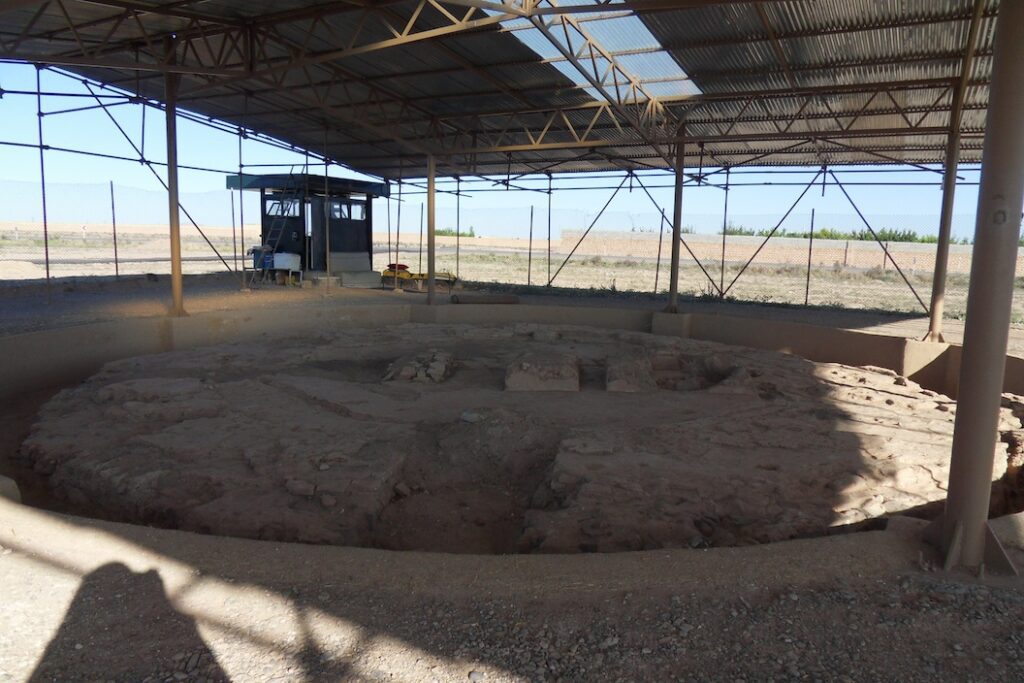
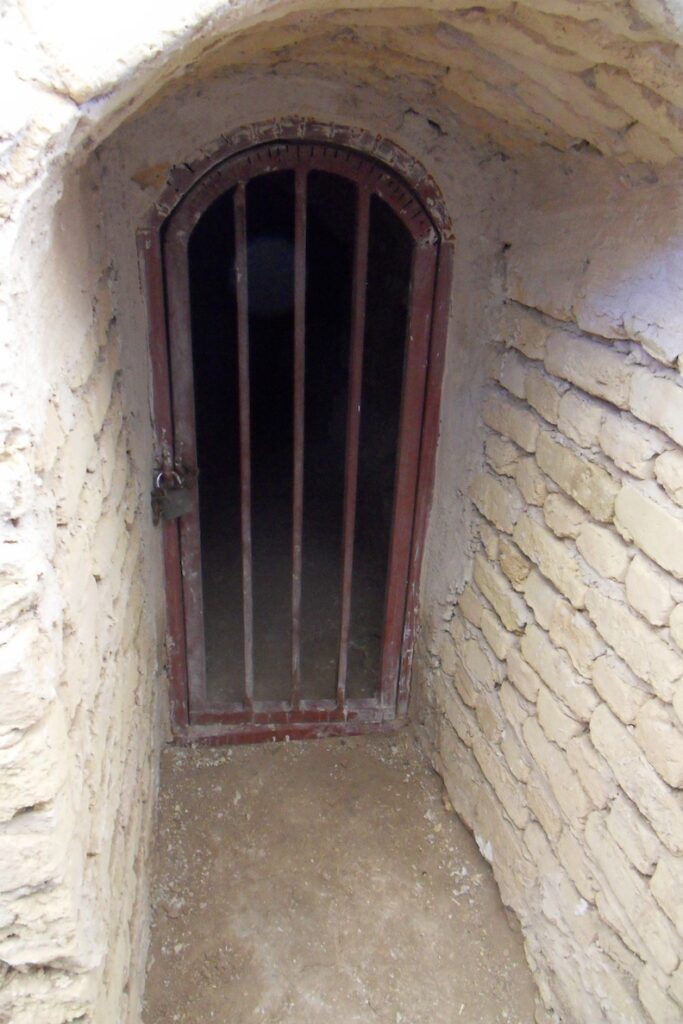
Imam Al-Ghazali’s Works
Imam Al-Ghazali was a prolific writer, producing over 67 works, some of which remain in manuscript form. Among his most celebrated works are:
- Ihya ‘Ulum al-Din (The Revival of Religious Sciences): A comprehensive guide to Islamic ethics, spirituality, and practice.
- Al-Munqiz min Ad-Dalal (The Saviour from Deviation): An autobiographical account of his spiritual transformation.
- Minhaaj ul Abidin: A program for devout worshippers.
- Kimiya-e-Saadat (The Alchemy of Happiness): A Persian masterpiece on Islamic spirituality and ethics.

Legacy
Imam Al-Ghazali’s life was a testament to the transformative power of faith and knowledge. His writings bridged the gap between Islamic jurisprudence and spirituality, offering practical guidance for Muslims seeking a deeper connection with God. By integrating rational thought with spiritual insight, he revitalized Islamic thought and left an indelible mark on the Muslim world.
To this day, Imam Al-Ghazali is remembered as a scholar who illuminated the path to God through both intellect and devotion. May Allah bless his soul and grant him the highest place in Paradise.

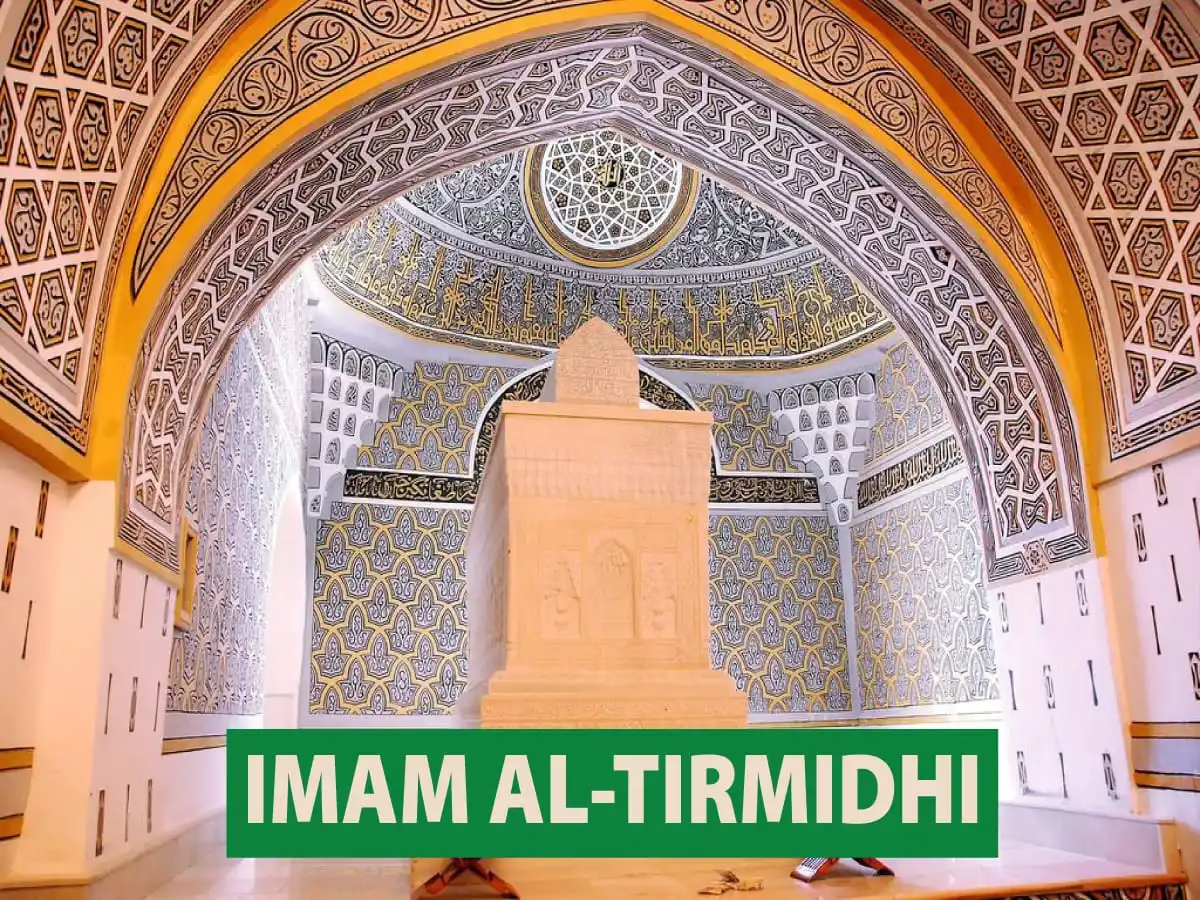

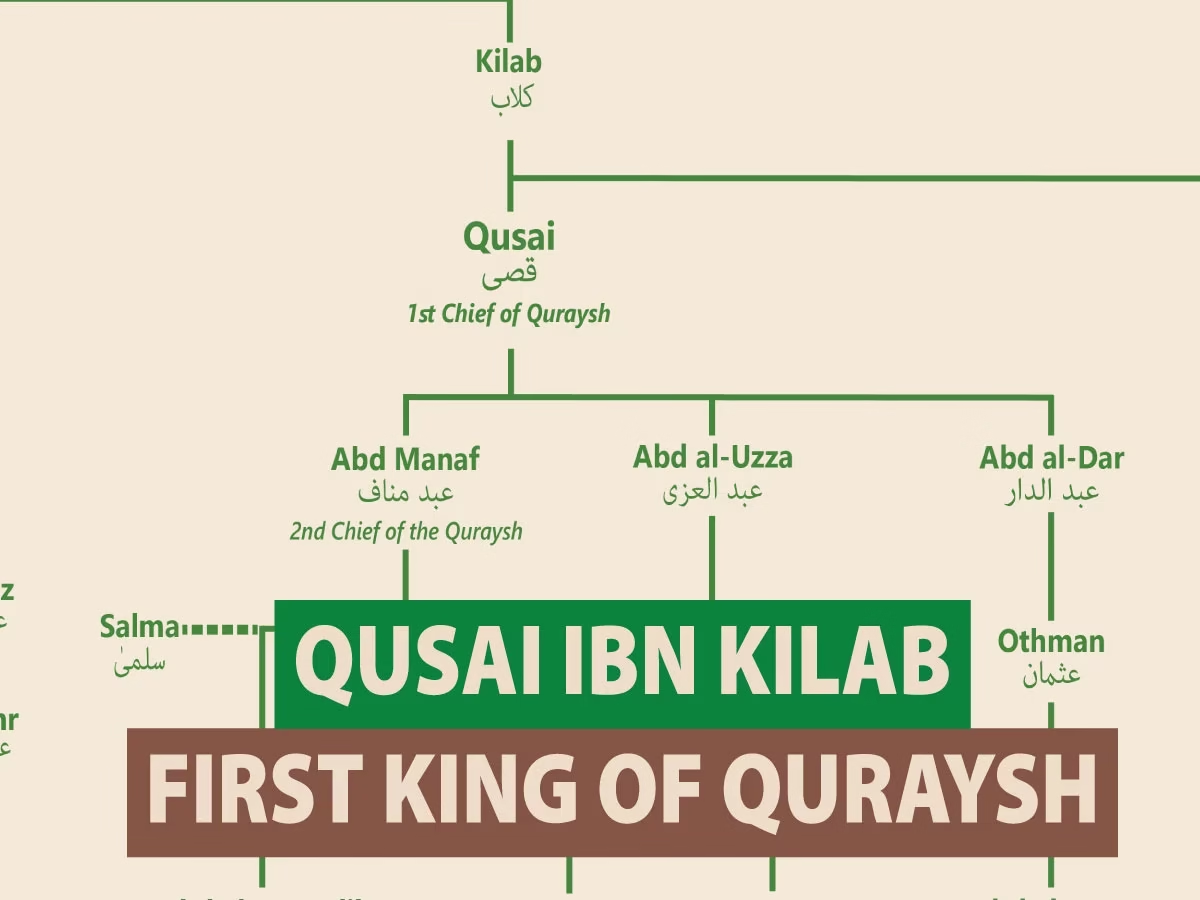
i need the family tree of aga khan family